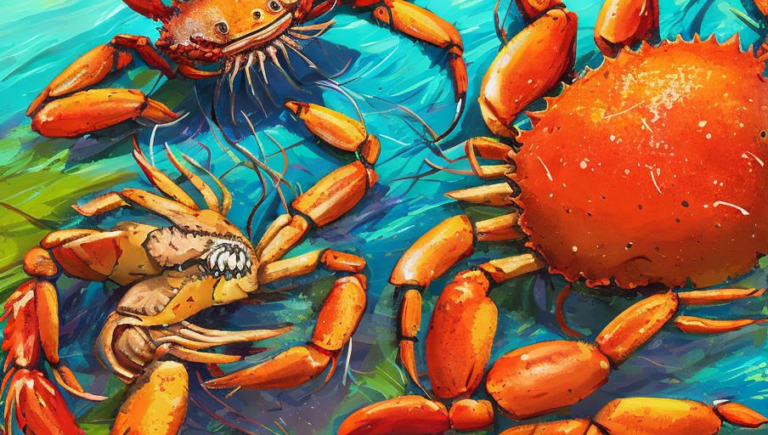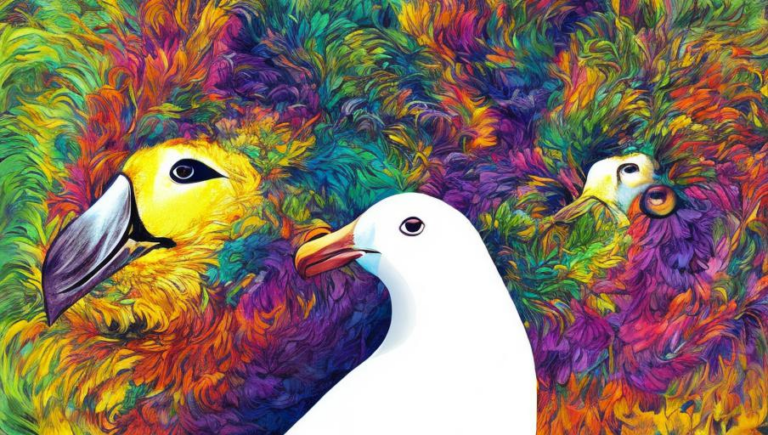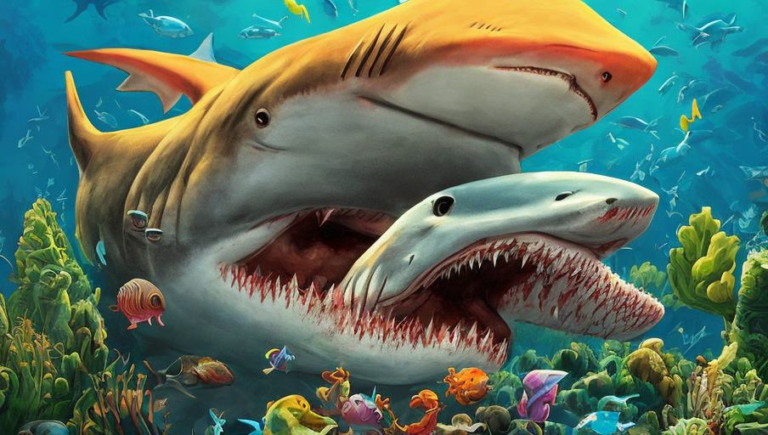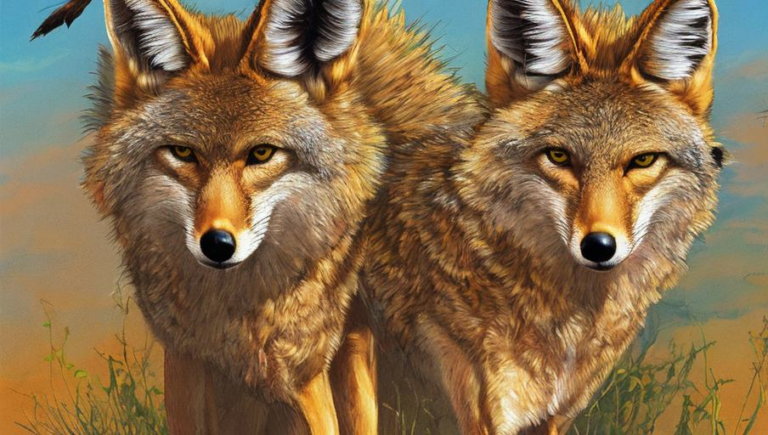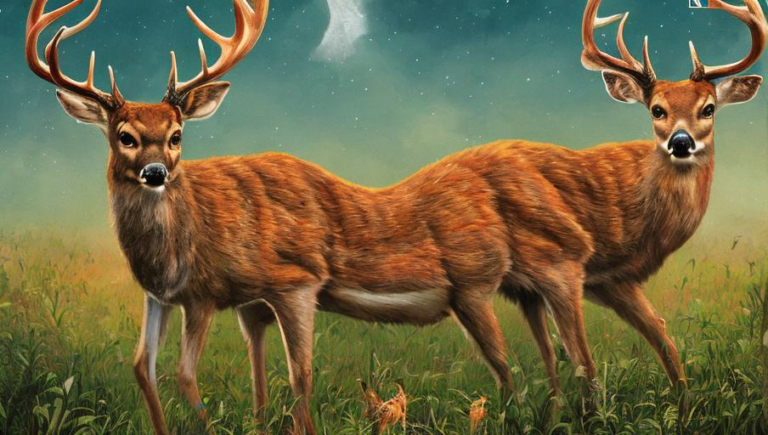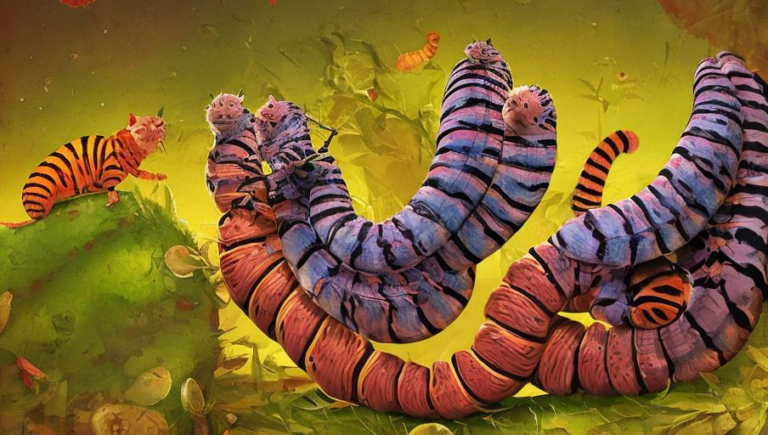The Symbiotic Relationship Between Aardvarks and Their Habitat
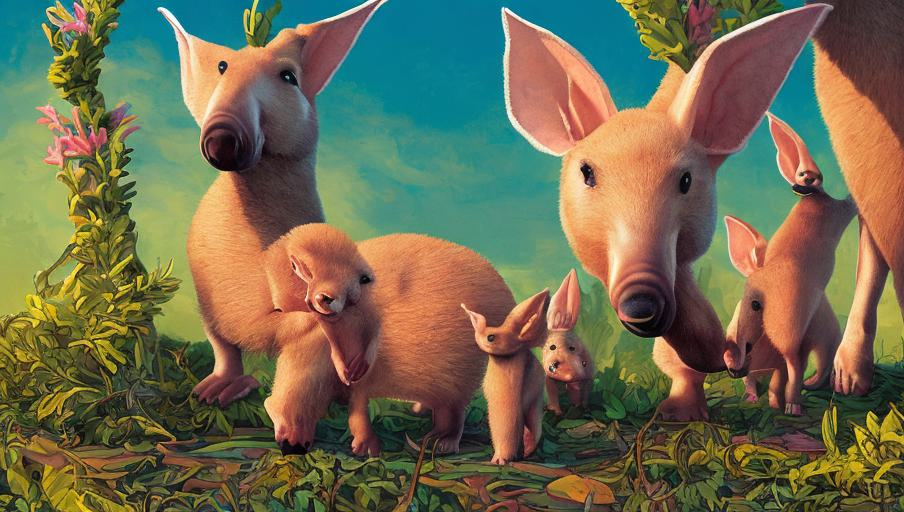
Introduction
Aardvarks are fascinating creatures found in the savannas and woodlands of Africa. They are known for their long snouts, powerful claws, and distinctive pads that are used to dig burrows in the ground. Aardvarks are nocturnal animals, which means they sleep during the day and come out at night to search for food.
Adaptations
Aardvarks have a variety of adaptations that help them to survive in the wild. For example, they have long, curved claws that allow them to dig burrows in the ground. They are also equipped with long ears that help them to detect predators and find food at night. Aardvarks also have a thick, leathery skin that is well-suited for life in the harsh African savannas.
Diet
Aardvarks are omnivorous, meaning they eat both plants and small animals. They primarily feed on termites and ants, which they locate by digging in the ground with their powerful claws. Aardvarks also consume fruits, leaves, and other plant matter.
Symbiotic Relationships
Aardvarks are an important part of the African savanna ecosystem. They help to control the populations of termites and ants by consuming them, which helps to keep the balance of the ecosystem in check. Aardvarks also provide shelter for various other animals by digging burrows in the ground. These burrows provide a safe place for animals such as mongooses, meerkats, and hares to hide from predators.
Threats to Aardvarks
Aardvarks face a variety of threats in the wild, including habitat destruction, poaching, and climate change. The destruction of their natural habitat through deforestation and agricultural expansion has caused their population numbers to decline. Furthermore, poaching is a major problem in Africa, and aardvarks are often hunted for their meat and skin. Finally, climate change is causing droughts in some parts of Africa, which can be detrimental to aardvarks since they depend on a steady supply of food to survive.
Conservation Efforts
Conservationists and wildlife organizations are working hard to protect aardvarks and their habitats. For example, conservationists are working to reduce poaching by raising awareness about the importance of protecting aardvarks. They are also working to restore and protect the habitats of these animals, such as planting trees, creating protected areas, and providing water sources for aardvarks. Additionally, organizations are working to educate the public about aardvarks and the importance of protecting them.
Conclusion
Aardvarks are an important part of the African savanna ecosystem, and it is essential that we work to protect them. Conservationists are working hard to protect these animals and their habitats, but more must be done to ensure their survival. By increasing awareness of the threats facing aardvarks and encouraging people to take action, we can help to ensure their survival and the survival of the African savanna ecosystem.
